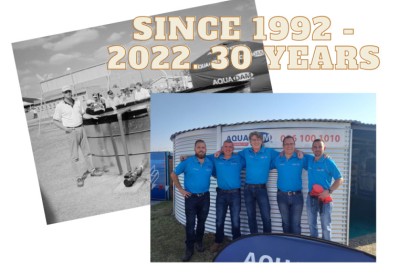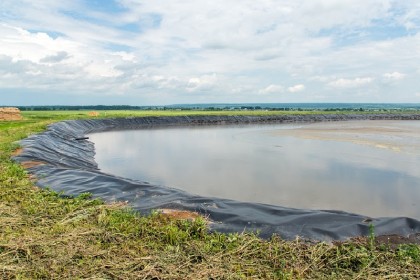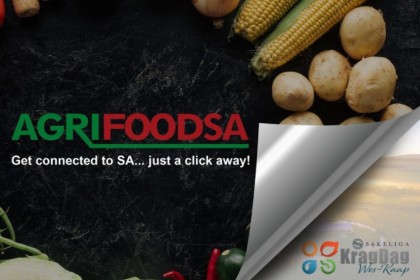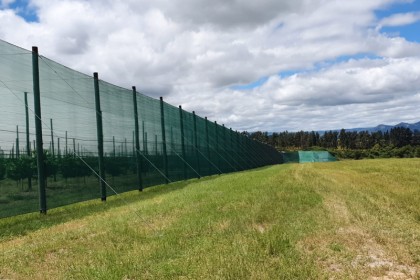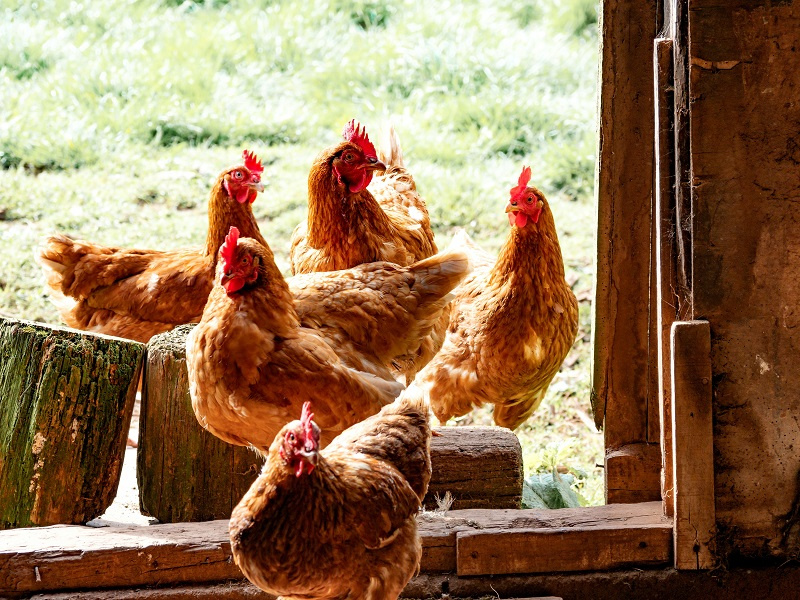
State Of The South African Poultry Industry
In a year beset by problems ranging from chicken dumping and illegal imports to avian influenza and Coronavirus lockdowns, the South African Poultry Association (SAPA) has made some decisive improvements to the poultry sector, the effects of which resound throughout the value-chain.
“Although it was an arduous process, the material investments in expanding processing capacity and the construction and proliferation of poultry houses are yielding the desired results,” says Aziz Sulliman, chairperson of the Poultry Association. “We ended the year on a high-note with the unexpected provisional dumping duties announced against Brazil, Ireland, Spain and Denmark – this is a watershed moment for the broiler industry as bone-in import volumes are expected to drop, and the industry may take up the market share in line with what was envisaged in the masterplan.”
INDUSTRY INVESTMENT
In line with the tenets set out in the masterplan, the industry has already invested R1.1-billion toward expanded production, mainly for emerging black contract farmers, with an additional R400-million to be invested during the course of 2022.
“Contract Growing has been a very useful form of transformation in the poultry industry, yet it is dramatically under-reported. Due to the guaranteed market access and the co-management model followed, very few contract growing operations fail,” continues Sulliman.
MORE CAPACITY, MORE WORK
In 2019 the industry directly employed an estimated 50,000 people. “Due to industry investment, the number of individuals directly employed by the industry will increase to over 52,030 by the end of 2022; a total increase of 1365 jobs in a time when the industry is in decline in terms of slaughter capacity.”
Prior to the masterplan (2019), the industry slaughter and capacity matched at 19 million birds per week. In line with the R1.14-billion investment from industry, slaughter capacity increased to 22.5 million birds per week.
The industry has so far created nearly 10% increased capacity for black farmers. It has provided R343-million in finance to cover the cash flow for black farmers and this will increase to a total of R466-million in 2022. Since 2019, R570-million has been spent on building poultry houses, and this will increase to R750-million by the end of 2022.
Unfortunately, due to the advent of avian influenza, 14% of all breeder birds were culled. With the reduction in total slaughter numbers, the industry is not using all of its newly created capacity. Expanding local demand, and urgent attention to the promised export drive, are required.
“Exports are high on the priority list for 2022; we want to be export ready by the end of the year.”
GROWTH AND DEVELOPMENT
In 2019, the broiler industry had a turnover of approximately R50-billion; the poultry sector is the second largest in the agricultural sector and holds the key for enormous economic growth and job creation opportunities throughout the poultry- and grain value chain.
“Due to the increase in investment, as per the masterplan, it is estimated that economic growth increased by approximately R2-billion per annum in the poultry industry exclusively. It is further estimated that the economic value the industry contributes to the GDP will increase from R50bn in 2019 to approximately R56.5-billion by the end of 2022.”
SAPA has made significant investments in the training and development of emerging and existing farmers, especially in terms of disease identification, management training, as well as financial training, with a big push on biosecurity audits and training. In 2021 alone, biosecurity training reached 1000 developing farmers to prepare them to better manage the biosecurity risk of specifically avian influenza, and the Association continues to offer remote assistance to more than 1400 farmers.
“With its already substantial and ever-growing amount of emerging farmer membership, we are currently the go-to place for all information related to poultry; the industry growth plan is delivering handsomely in terms of economic growth, job creation and transformation.”
ONGOING CHALLENGES
While avian influenza, or bird flu, is always a potential issue, illegal trade, namely under declaration of product and miss-declaration of product to circumvent import duties applicable on certain portions remain a bane for South African poultry producers. While SAPA has reached a milestone in terms of trade measures in the form of anti-dumping duties against nine different countries that addresses all the dumping issues and to an extent under declaration issues that plagued the industry for a long period of time.
“The work being done by SARS, SAPS and the DTIC in curbing illegal and unfair trade is commendable; with all the holes in the bucket plugged, so to speak, it will be disappointing not to see a material reduction in bone-in portion imports by the end of 2022,” concluded Sulliman.







